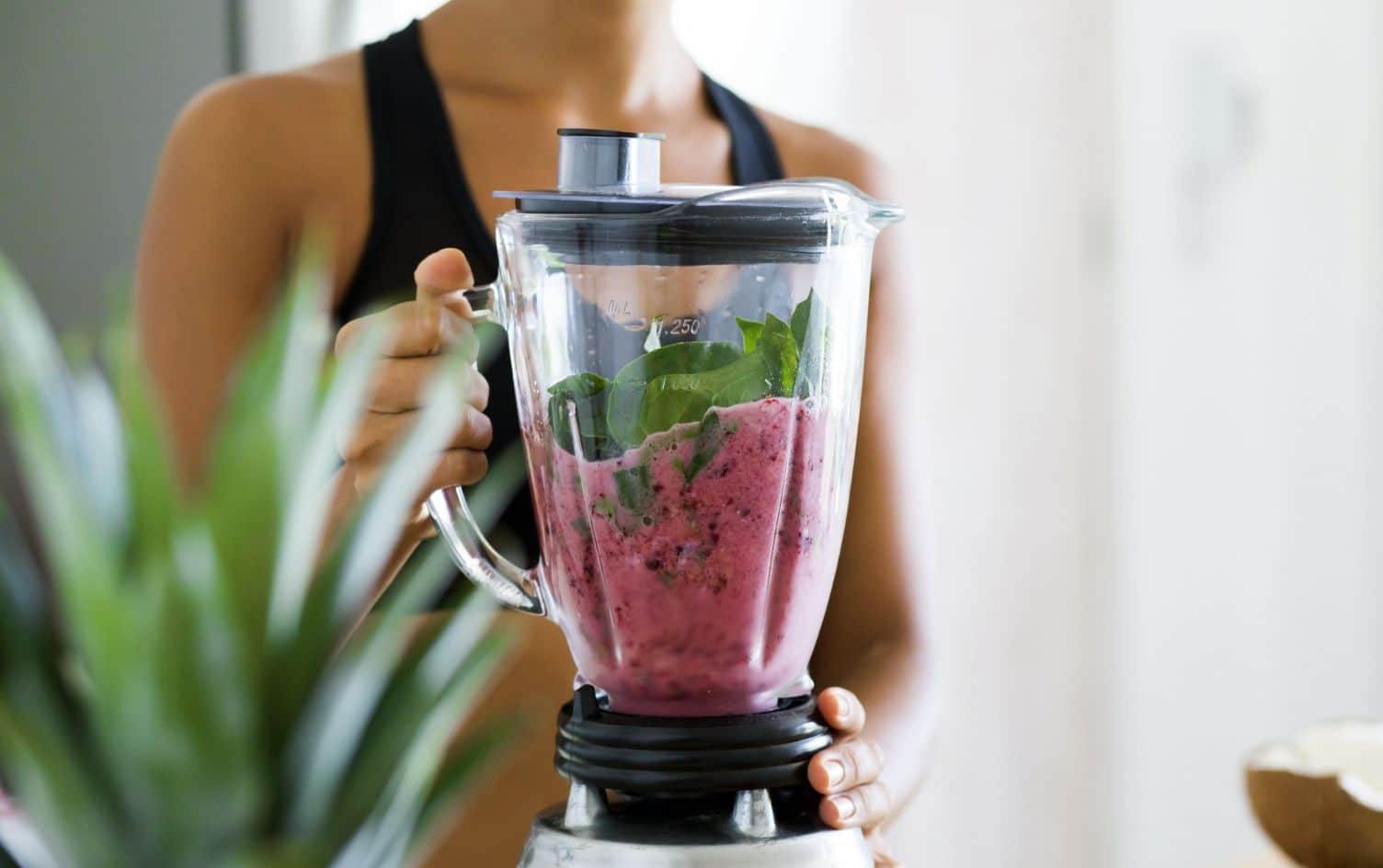Vegetables are the unsung heroes of a healthy diet. They’re versatile, satiating and packed with vital nutrients. The only problem is, most people don’t eat nearly enough of them — opting to make protein or grains the focus of meals while relegating veggies to the occasional side dish.
Jackie Newgent, dietitian, chef and author of “The All-Natural Diabetes Cookbook,” says you should aim to incorporate vegetables at every meal, even breakfast. “The earlier in the day you start including veggies,” she says, “the less challenging it is to meet or exceed your [nutritional] needs by the end of the day.”
Dietitian Jennifer Glockner of Smartee Plate agrees and says vegetables are essential to healthy eating. Not only are they loaded with vitamins, minerals, antioxidants and fiber, she explains, they’re also low in calories with no added salt or refined sugar.
Plus, since vegetables can help keep you full longer due to their fiber content, Glockner adds, “they curb your appetite and help prevent eating less nutrient-dense foods.” Certainly, the biggest benefit of eating vegetables on a regular basis is better health, but it’s also a surefire way to brighten your meals and prevent cooking burnout and boredom.
5 TIPS FOR EATING MORE VEGGIES
Ready to scrap the steamed broccoli and get creative? Here are five clever ways to include more vegetables in your diet.
1. AMP UP THE YUM FACTOR
The first step to eating more vegetables is figuring out the easiest, tastiest way for you to enjoy them. If you’re not a veggie connoisseur, keep it simple. Blend spinach or kale into a smoothie, Newgent suggests, or sautée chopped bell pepper and onion with scrambled eggs or brown rice.
Another delicious, basic approach: “Brush thick slices of zucchini or eggplant with a little oil, sprinkle with salt and pepper and grill them over direct, medium-high heat next to an entrée like chicken, fish or veggie burgers,” Newgent says
2. REPLACE GRAINS WITH VEGGIES
Swapping out a serving of grains for vegetables is an easy way to cut back on processed foods while doubling the nutritional value of your meal. If you haven’t already hopped aboard the cauliflower train, now’s the perfect time. “Cauliflower can be used instead of rice, made into a pizza crust or even into gnocchi,” Glockner says.
She also recommends spiralizing zucchini, carrots or beets in lieu of pasta or using sliced sweet potatoes as toast instead of refined white bread.
Another smart trade is to sub lettuce leaves for buns or sandwich wraps, Newgent says. “They provide fewer calories and punch up color,” she explains.
READ MORE > 7 TINY TWEAKS TO CUT CALORIES ALL YEAR LONG
3. BULK UP MEALS WITH GRATED VEGGIES
“Finely chop or mince veggies in a food processor,” Newgent says, “then stir into ground poultry or meat before cooking to make a better burger, meatloaf, meatball or chili.”
Don’t stop with protein dishes, though. Try adding grated veggies to rice, potatoes and sauces, too, adds Glockner. Not only does this add more bulk, texture and flavor to your dishes, it also helps you rack up more nutrients, she explains
4. TRADE CONDIMENTS FOR VEGGIE SPREADS
You don’t have to eat veggies whole to reap the nutritional benefits. Pureed veggies make a delicious, healthy alternative to traditional condiments like mayo and ketchup, which Glockner says can contain lots of unhealthy fats, added salt and refined sugar.
To vary the flavor and score even more nutrients, she recommends experimenting with a variety of different veggies, herbs and spices. Think: an artichoke, spinach and garlic spread, or hummus mixed with pureed beets or red pepper.
Or, try this: “Puree pre-cooked carrots along with a little fresh-grated ginger root,” Newgent suggests, “and slather onto a turkey or chicken sandwich, wrap or burger to give it Asian flair and add a pop of orange color.”
5. BAKE VEGGIES IN TREATS
Adding veggies to baked treats, Glockner says, increases flavor, adds moisture and improves the nutritional value of what you’re eating.
Try blending a handful of spinach into your muffin batter, adding shredded zucchini to banana bread or mixing grated carrots into a breakfast loaf.
Or swap veggies for less healthy ingredients. “Pureed veggies such as sweet potato or pumpkin or even cauliflower, can be substituted for at least half the fat in muffins or other baked goods,” she explains.
Originally published June 2018, updated April 2022
Ready to take the next step? Unlock MyFitnessPal Premium to access custom goal settings, quick-log recipes, and guided plans from a registered dietitian. Premium users are 65% more likely to reach their weight loss goals!




